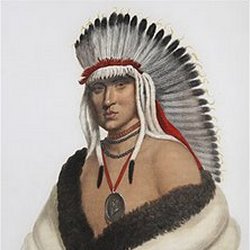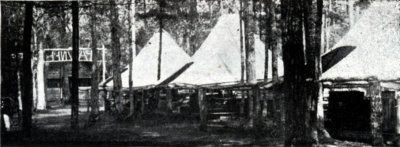| About Pawnee
The Pawnee are a Native American tribe that historically
lived along the Platte, Loup and Republican Rivers in present-day Nebraska
and in Northern Kansas. They refer to themselves as "Chaticks-si-Chaticks",
meaning "Men of men".
In the 18th century, they were allied with the
French and played an important role in halting Spanish expansion onto the
Great Plains by defeating the Villasur expedition decisively in battle
in 1720.
In the 19th century, epidemics of smallpox and
cholera wiped out most of the Pawnee, reducing the population to approximately
600 by the year 1900; as of 2005, there are approximately 5,500 Pawnee.
They were an agricultural people who grew maize,
beans, pumpkins and squash. They ate it with meat greased with animal fat.
With the coming of the horse culture to the Great Plains they did begin
to take on some of the cultural attributes of their cousins, but the buffalo
culture remained secondary to the maize culture.
The Pawnee Confederacy was divided into the following
four bands:
* Chaui (Grand)
* Kitkehahki (Republican)
* Pitahauerat (Tappage)
* Skidi (Wolf)
The Chaui are generally recognized as being the
leading band although each band was autonomous and, as was typical of many
Indian tribes, each band saw to its own, although with outside pressures
from the Spanish, French and Americans, as well as neighboring tribes saw
the Pawnee drawing closer together.
~Wikipedia |




